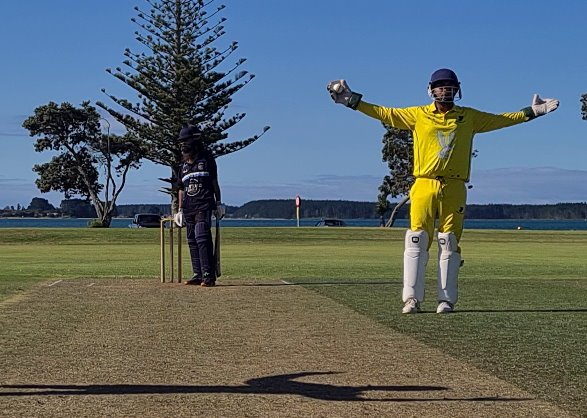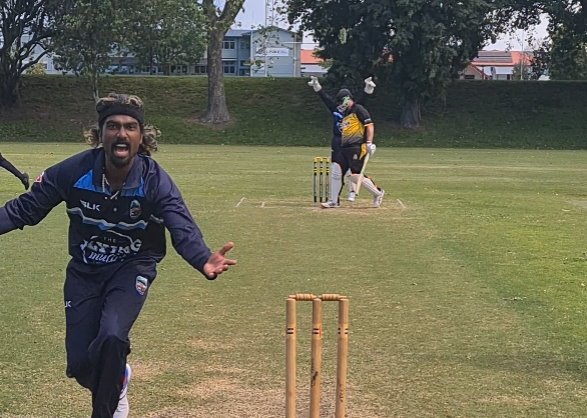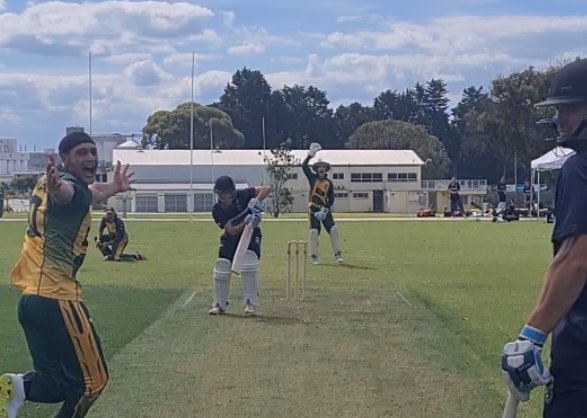Using Cric Cam
To Mitigate On Field Disputes

Umpiring is an essential aspect of cricket that requires a thorough understanding of the game’s rules and a sharp eye. Unfortunately, the availability of experienced and qualified umpires has become a major challenge in club cricket, with many regions experiencing a shortage of skilled officials. As a result, players are often forced to take up the responsibility of umpiring their own matches, which can be challenging. The lack of expertise and impartiality in player umpiring often leads to disputes and controversies, affecting the fairness and credibility of the game. When players are put in charge of umpiring, these standards can easily be compromised, as they are unlikely to have the necessary experience and knowledge to make objective decisions. Moreover, players will almost certainly be biased towards their own team, leading to accusations of unfairness and a lack of credibility in the game.
In addition to impartiality, players umpiring their own games also face potential conflicts with their teammates and opponents. Disputes over decisions can quickly escalate into arguments and even physical altercations, creating an unsafe playing environment and disrupting the flow of the game. Inexperienced umpires may not know how to handle these situations, exacerbating the problem and leading to further frustration for all involved.
Unfortunately, the lack of neutral umpires in club cricket is one of the leading causes for players leaving the game entirely. When games are not conducted fairly and disputes are not handled properly, players can quickly become disillusioned with the sport and seek alternative recreational activities.
Solving these problems with player umpires was the inspiration for developing CricCam. It was believed that by providing easily accessible video footage from the umpire’s perspective, players umpiring their own games could have a second look at close decisions and make more informed and impartial decisions. Doing this could not only help to mitigate disputes and improve the fairness in the match, but it also adds a novel experience and an element of fun. In addition, the footage could be used to educate inexperienced umpires on mistakes they made and to improve their skills.
Several games were played during the development of CricCam where a neutral umpire used the app to review close decisions. While these games did indeed add a level of interest and seemed to improve the umpiring accuracy, using CricCam to review decisions during a game is not practical for serious cricket without several players from both teams being familiar with operating CricCam.
However, recording from the umpire’s perspective without using reviews can still significantly improve umpire standards and decrease on-field disputes. When players know that there will be video evidence available for everyone to see after the game, it creates a sense of accountability and responsibility that can help to lower tensions during the match. If there is any disagreement over a particular decision, players can simply refer to the video footage to clarify any confusion or misinterpretation of the rules.
In summary, recording from the umpire’s perspective can be an effective way to improve umpire standards and reduce on-field disputes. It not only helps to create a fairer and more transparent playing environment but also provides a valuable learning opportunity for inexperienced umpires. Click here to learn more about how to record from the umpires point of view.





